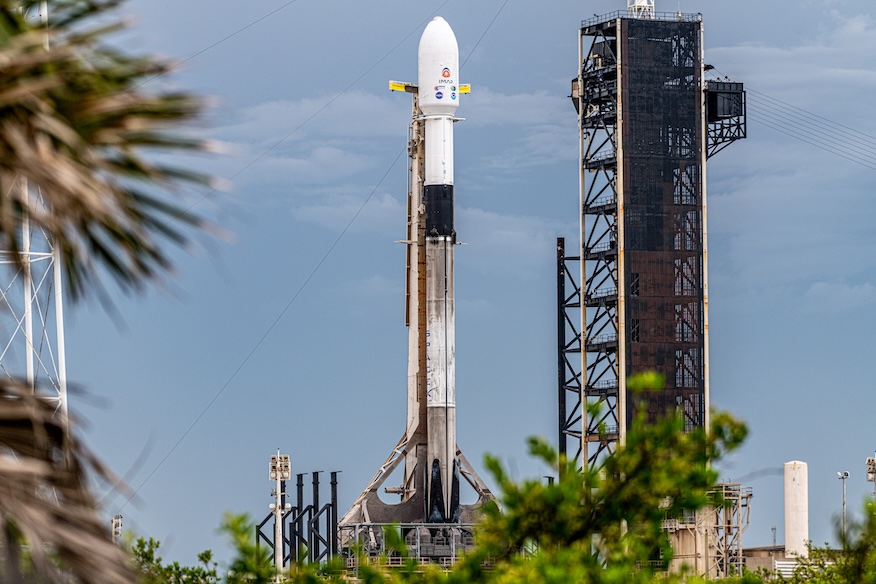
SpaceX is targeting October 13 for its Starship megarocket launch. Beyond the schedule, this test could shape the future of Moon and Mars exploration. Here’s what makes it different.
A SPACEX Test Flight with Bigger Stakes

SpaceX is not just lining up another giant rocket launch on October 13. This mission carries the weight of proving Starship’s reliability for deep-space goals. Previous flights showed dramatic progress but also exposed design and operational challenges. This time, the company will focus on demonstrating longer engine burns, improved stage separation, and more refined heat shield performance.
If these milestones succeed, Starship will take one step closer to becoming NASA’s main partner for future lunar landings. Unlike earlier tests that were framed as “practice runs,” this launch is now closely watched by global space agencies and competitors who see Starship as both a threat and a model. The outcome could either accelerate plans for human space travel or add delays in a race where time is critical.
Why October 13 Matters for SpaceX’s Timeline

The date is more than just a launch window. By aiming for mid-October, SpaceX is trying to align its progress with NASA’s Artemis schedule. Every delay in Starship affects Artemis missions, which depend on the vehicle to land astronauts on the Moon. SpaceX has to prove that its massive booster can reliably return and that its upper stage can handle the punishing journey back through Earth’
s atmosphere. October 13 represents a carefully chosen balance — soon enough to show progress, but late enough to apply lessons learned from previous test failures. A successful launch this fall could silence critics who believe Starship is over-ambitious, while failure would raise tough questions about timelines.
What This Means for the Future of Human Exploration

Starship is more than a rocket — it is the backbone of Elon Musk’s vision to make humans a multiplanetary species. If the October 13 test demonstrates reliability, the path to Mars missions will look far more realistic. The rocket’s unprecedented size and reusability are designed to lower the cost of deep-space transport, enabling not just NASA but also private companies and international partners
to imagine missions once thought impossible. However, the stakes are high. Success would mark a turning point where humanity edges closer to interplanetary travel. Failure, on the other hand, would remind us how unforgiving space technology can be. Either way, the October 13 launch will be remembered as a key moment in the story of human spaceflight.
